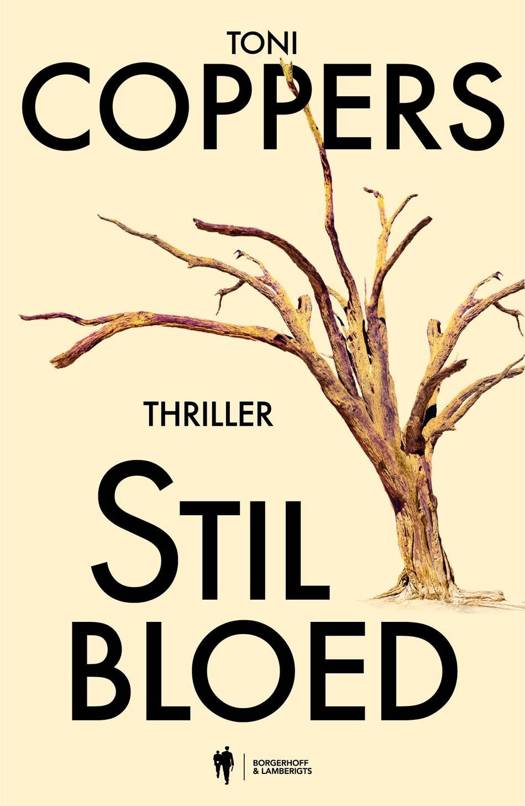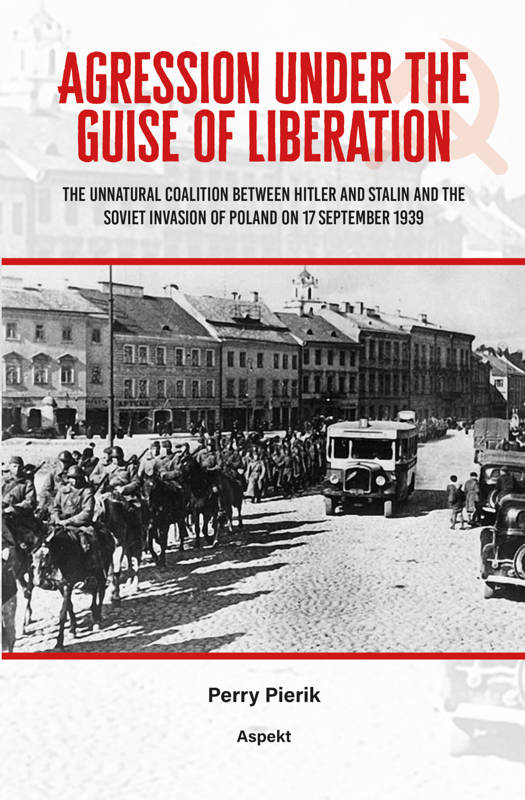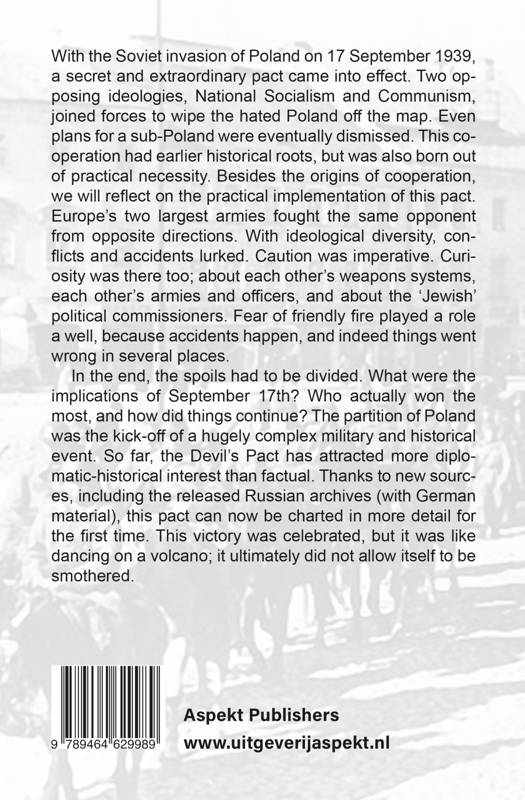
- Afhalen na 1 uur in een winkel met voorraad
- Gratis thuislevering in België vanaf € 30
- Ruim aanbod met 7 miljoen producten
- Afhalen na 1 uur in een winkel met voorraad
- Gratis thuislevering in België vanaf € 30
- Ruim aanbod met 7 miljoen producten
Zoeken
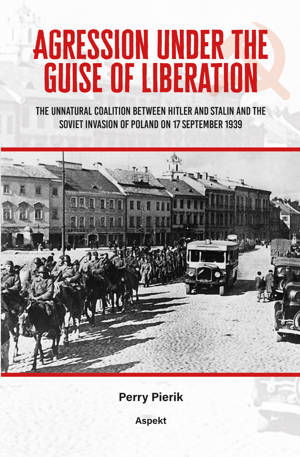
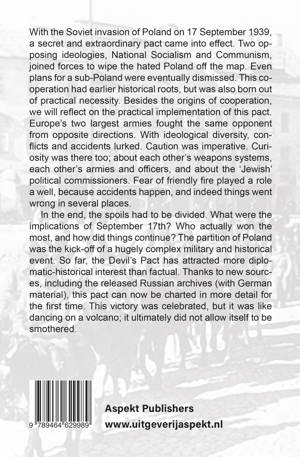
Agression under the Guise of Liberation
The unnatural coalition between Hitler and Stalin and the Soviet invasion of Poland on 17 September 1939
Perry Pierik
Paperback | Engels
€ 29,95
+ 59 punten
Omschrijving
With the Soviet invasion of Poland on 17 September 1939, a secret and extraordinary pact came into effect. Two opposing ideologies, National Socialism and Communism, joined forces to wipe the hated Poland off the map. Even plans for a sub-Poland were eventually dismissed. This co-operation had earlier historical roots, but was also born out of practical necessity. Besides the origins of cooperation, we will reflect on the practical implementation of this pact. Europe’s two largest armies fought the same opponent from opposite directions. With ideological diversity, conflicts and accidents lurked. Caution was imperative. Curiosity was there too; about each other’s weapons systems, each other’s armies and officers, and about the ‘Jewish’ political commissioners. Fear of friendly fire played a role a well, because accidents happen, and indeed things went wrong in several places.
In the end, the spoils had to be divided. What were the implications of September 17th? Who actually won the most, and how did things continue? The partition of Poland was the kick-off of a hugely complex military and historical event. So far, the Devil’s Pact has attracted more diplomatic-historical interest than factual. Thanks to new sources, including the released Russian archives (with German material), this pact can now be charted in more detail for the first time. This victory was celebrated, but it was like dancing on a volcano; it ultimately did not allow itself to be smothered.
In the end, the spoils had to be divided. What were the implications of September 17th? Who actually won the most, and how did things continue? The partition of Poland was the kick-off of a hugely complex military and historical event. So far, the Devil’s Pact has attracted more diplomatic-historical interest than factual. Thanks to new sources, including the released Russian archives (with German material), this pact can now be charted in more detail for the first time. This victory was celebrated, but it was like dancing on a volcano; it ultimately did not allow itself to be smothered.
Specificaties
Betrokkenen
- Auteur(s):
- Uitgeverij:
Inhoud
- Aantal bladzijden:
- 103
- Taal:
- Engels
Eigenschappen
- Productcode (EAN):
- 9789464629989
- Verschijningsdatum:
- 30/05/2023
- Uitvoering:
- Paperback
- Afmetingen:
- 136 mm x 204 mm
- Gewicht:
- 147 g

Alleen bij Standaard Boekhandel
+ 59 punten op je klantenkaart van Standaard Boekhandel
Beoordelingen
We publiceren alleen reviews die voldoen aan de voorwaarden voor reviews. Bekijk onze voorwaarden voor reviews.



